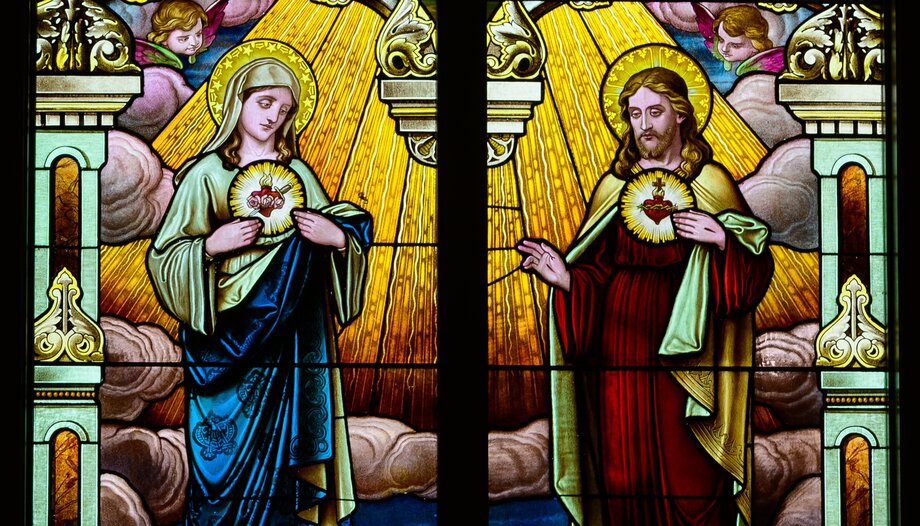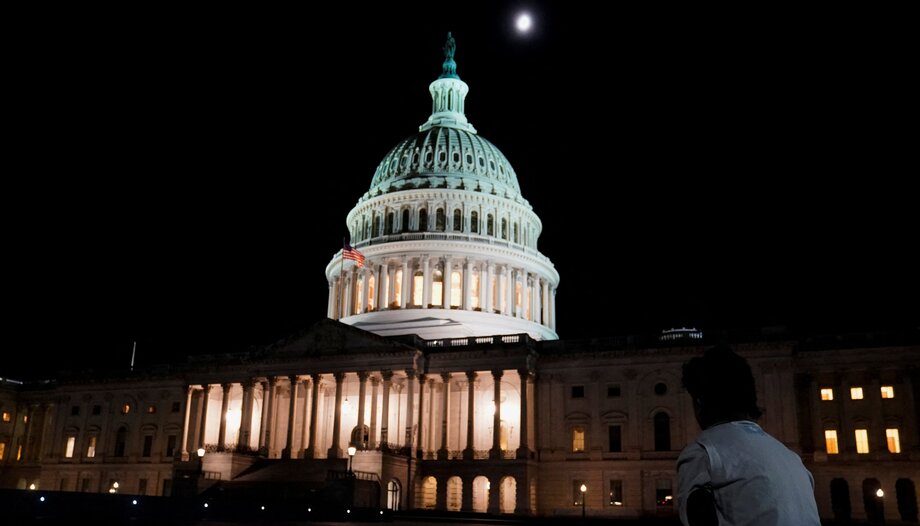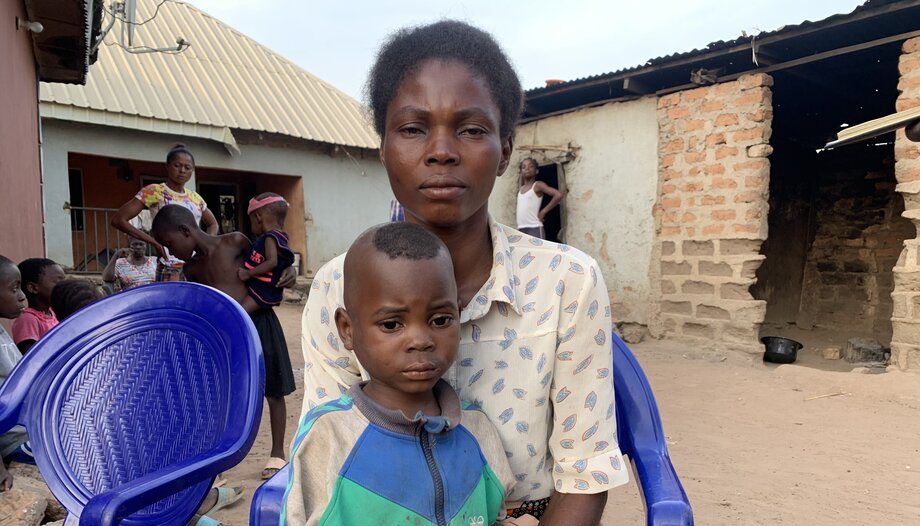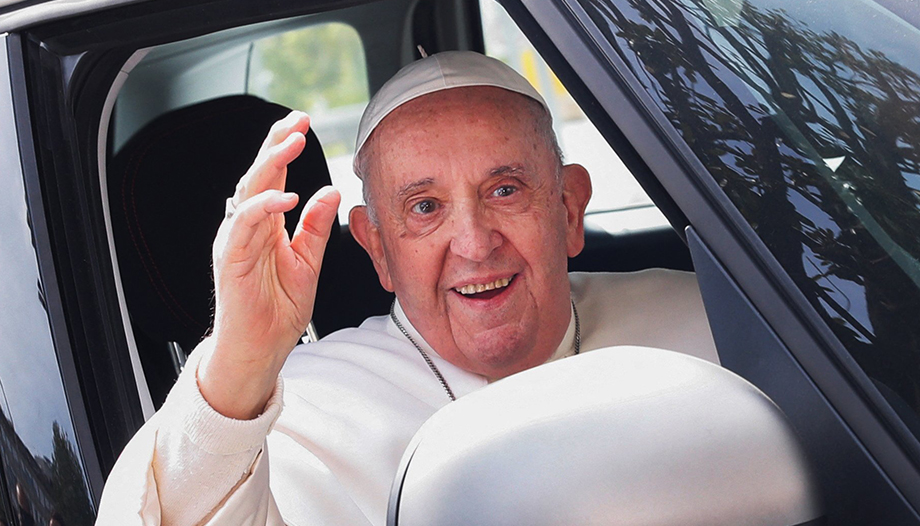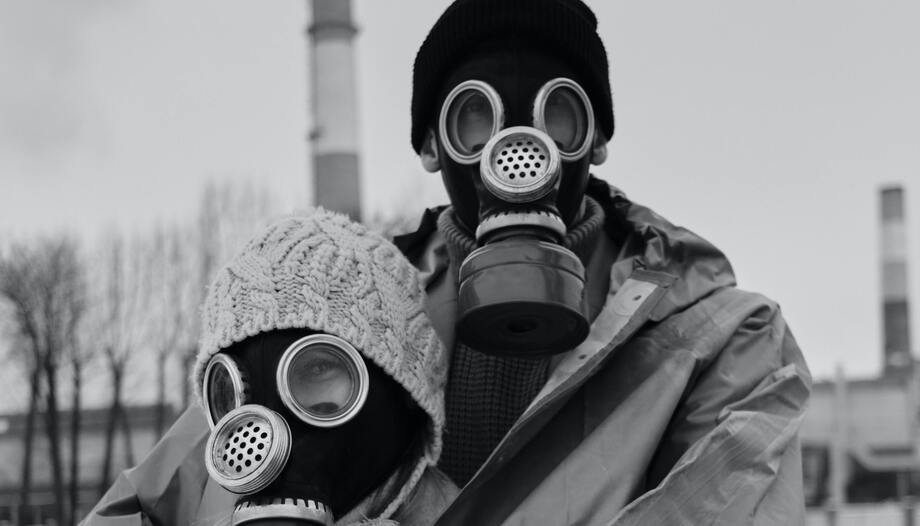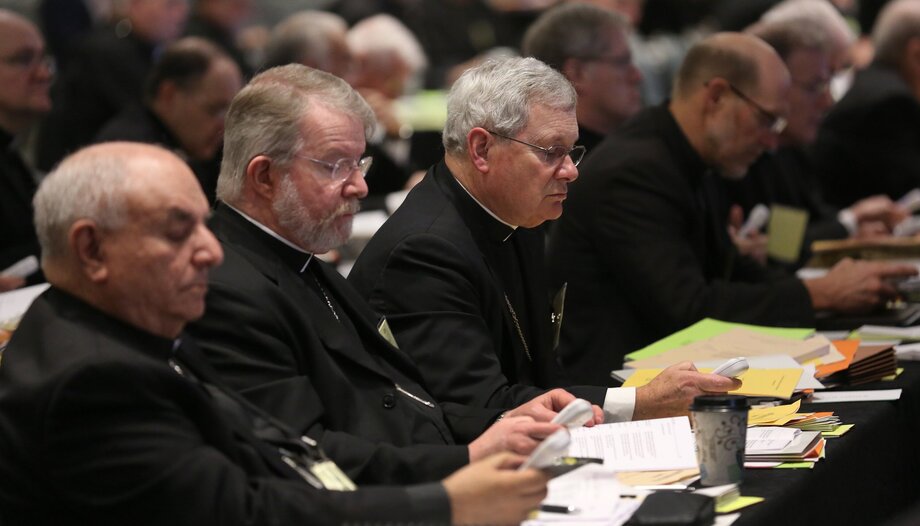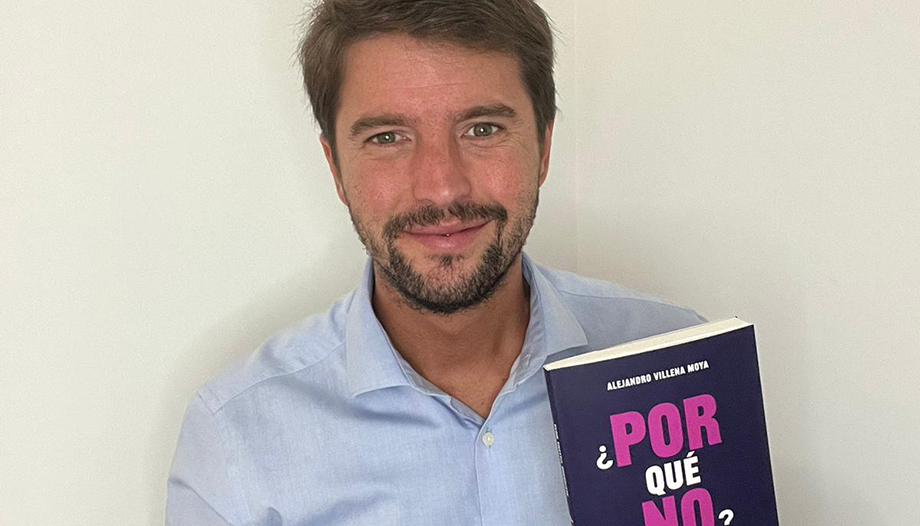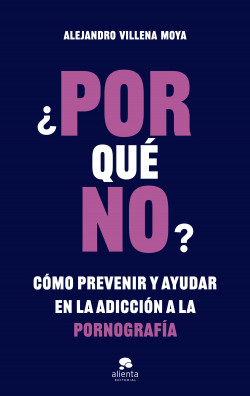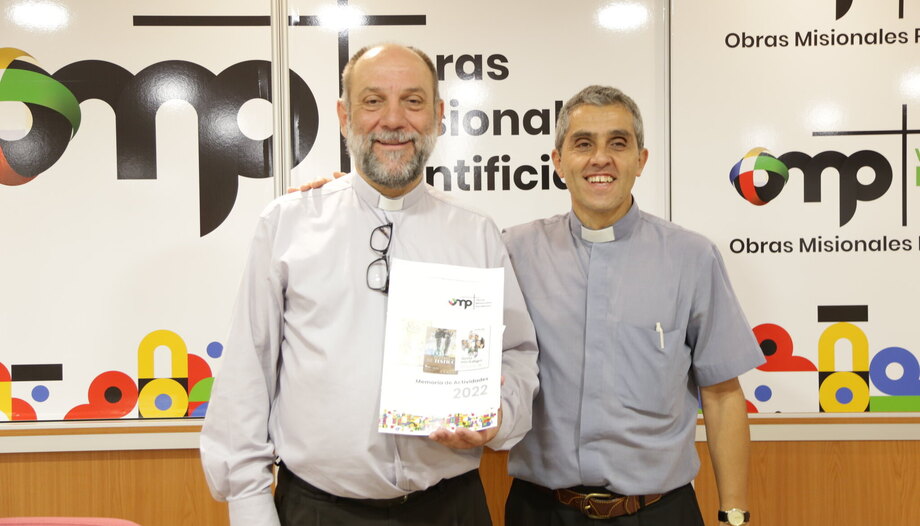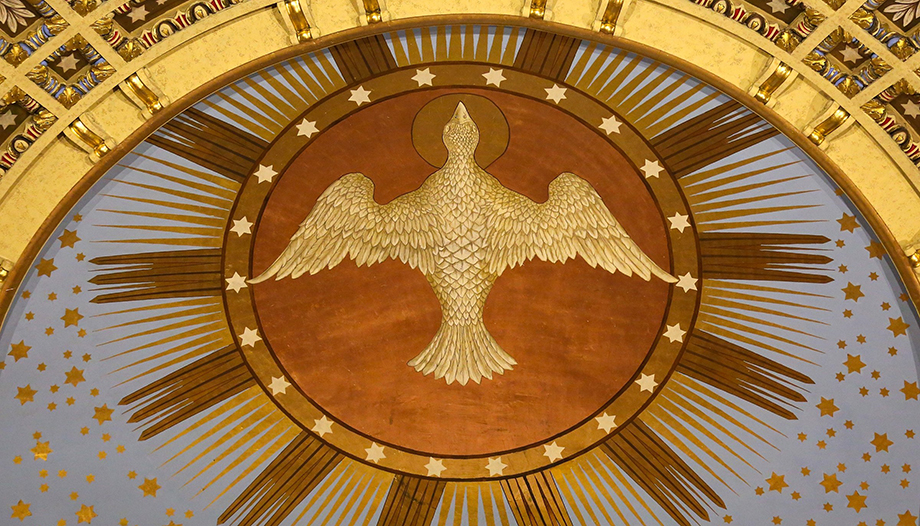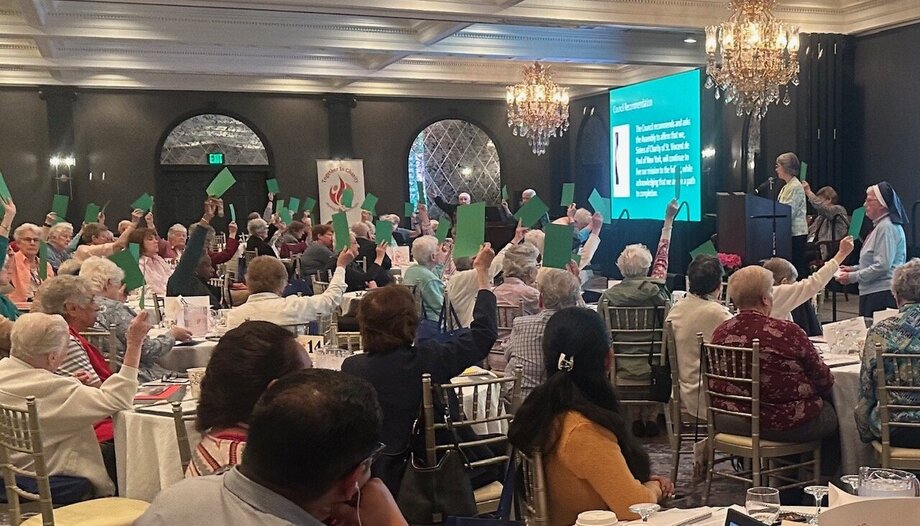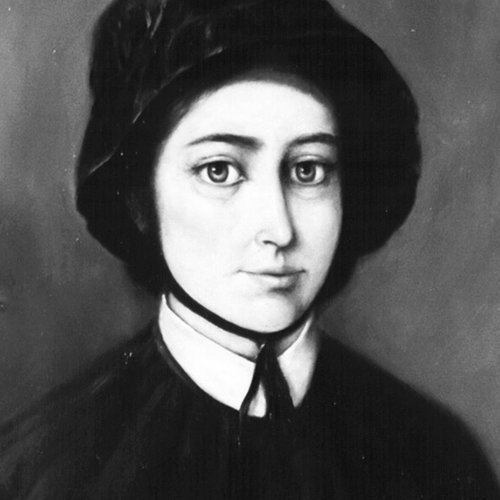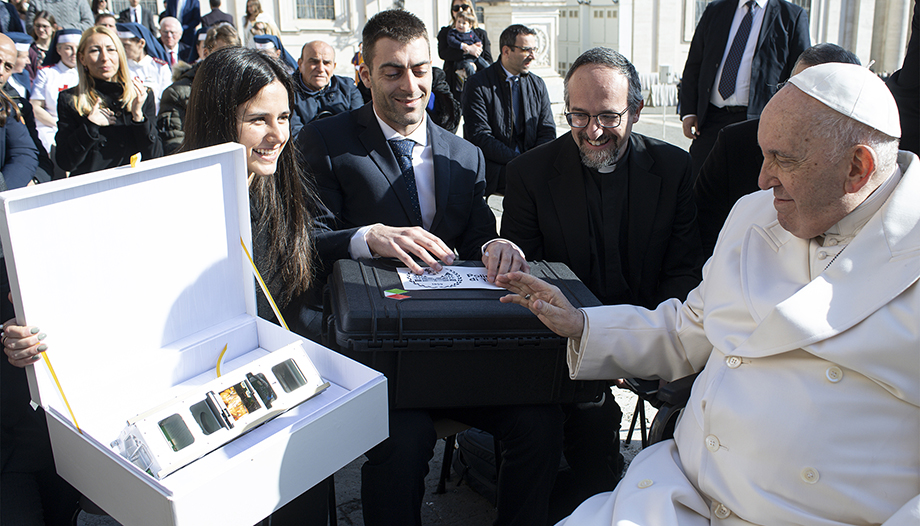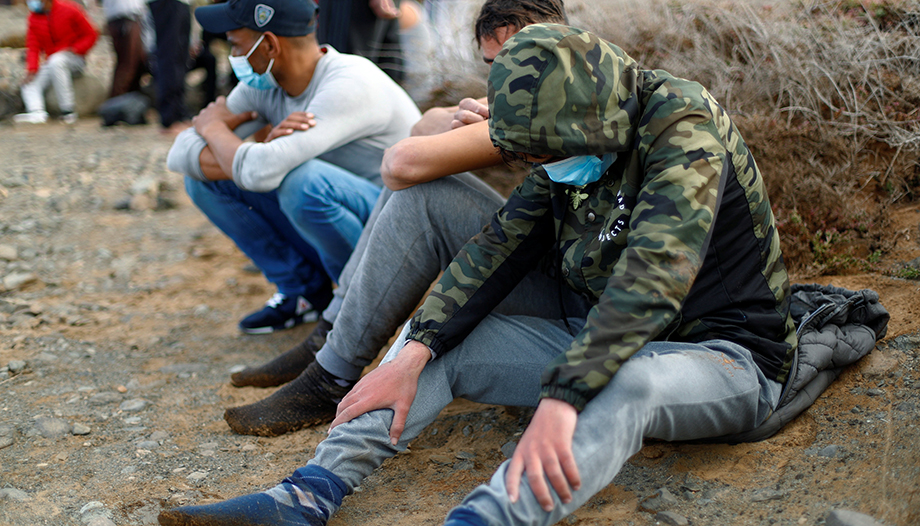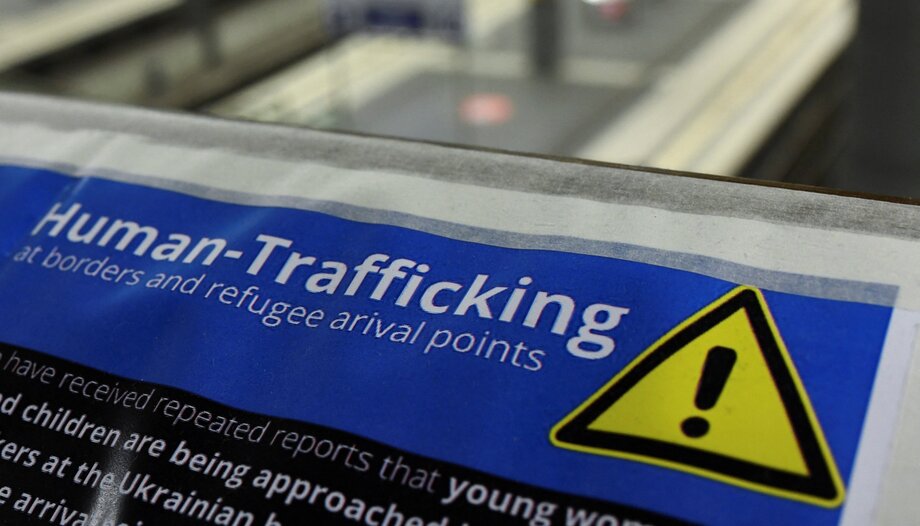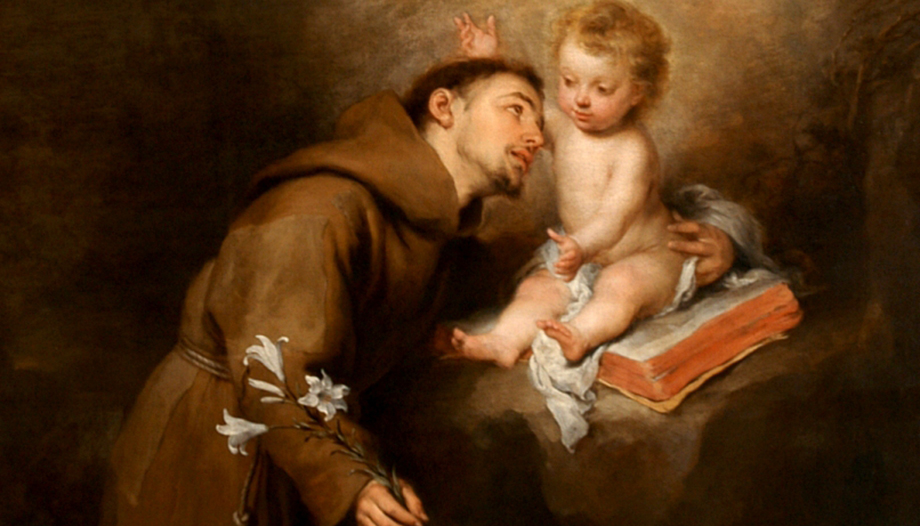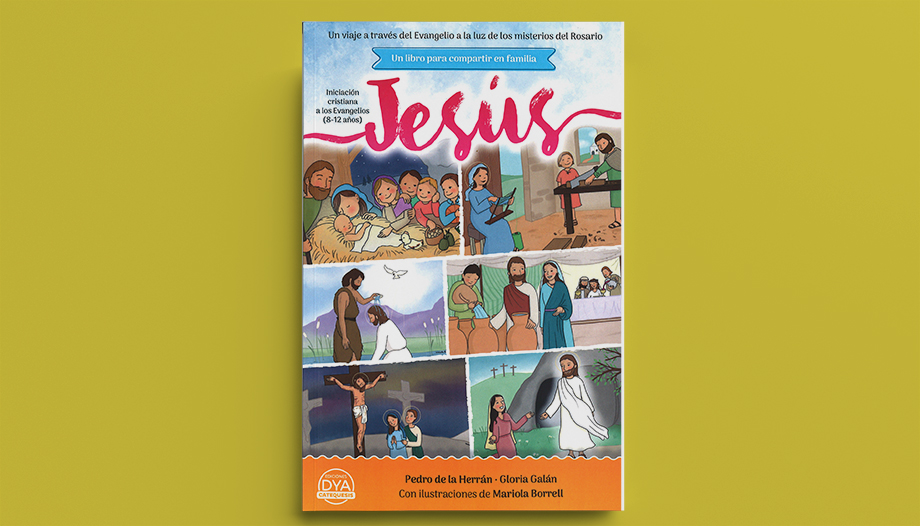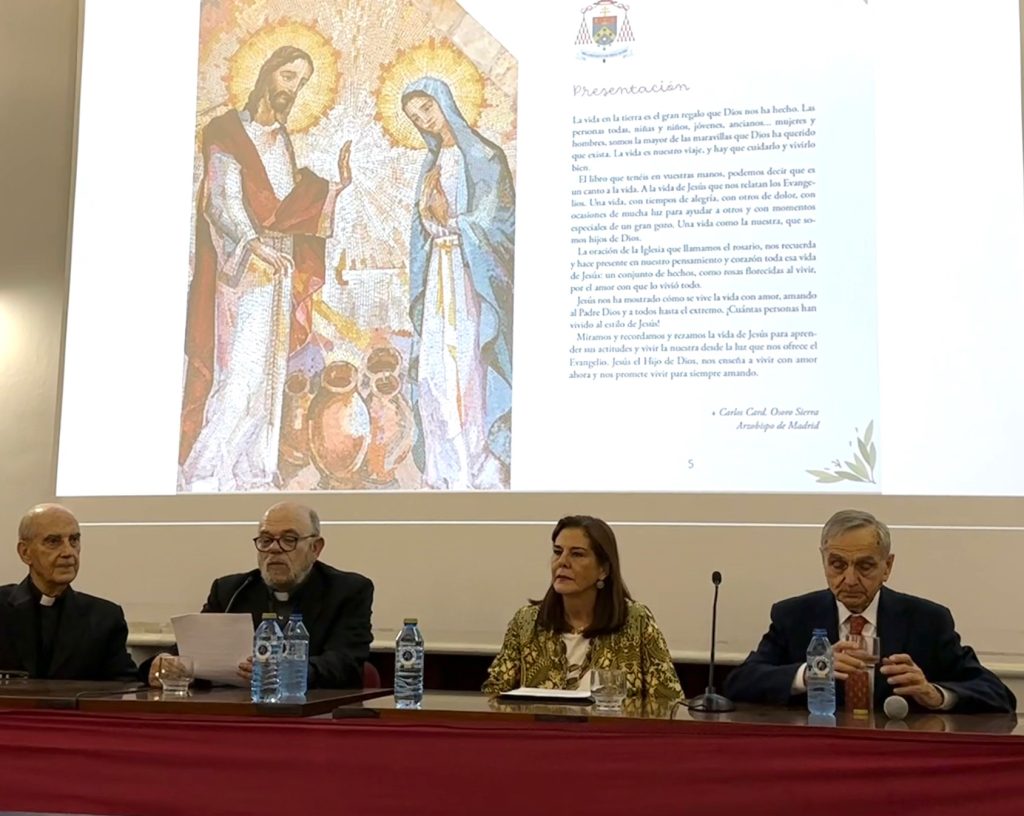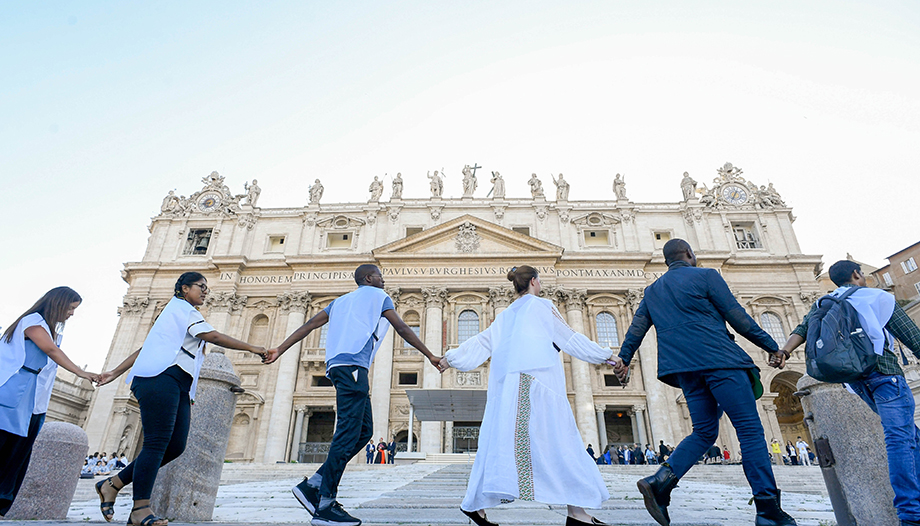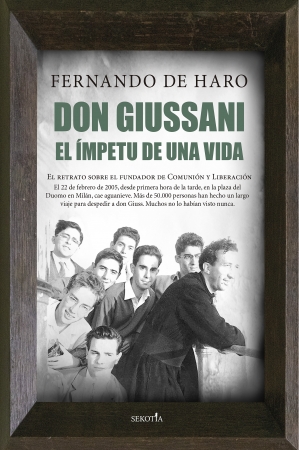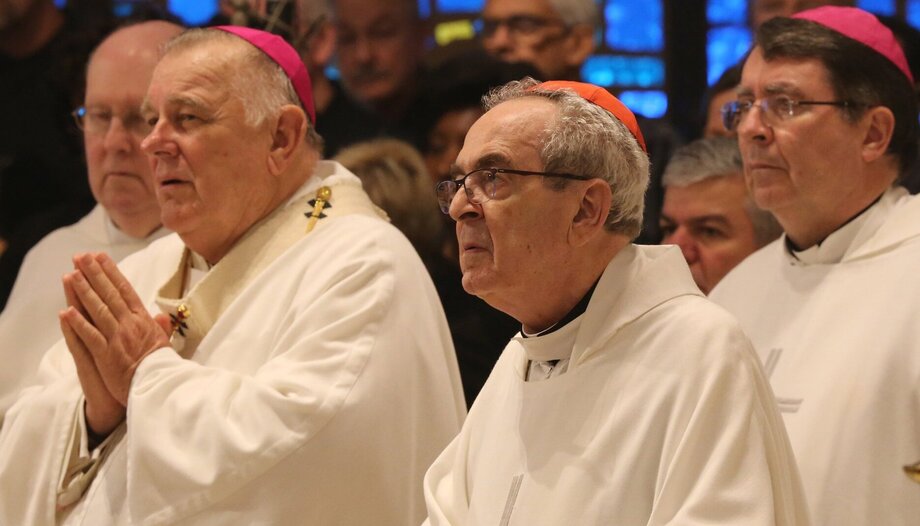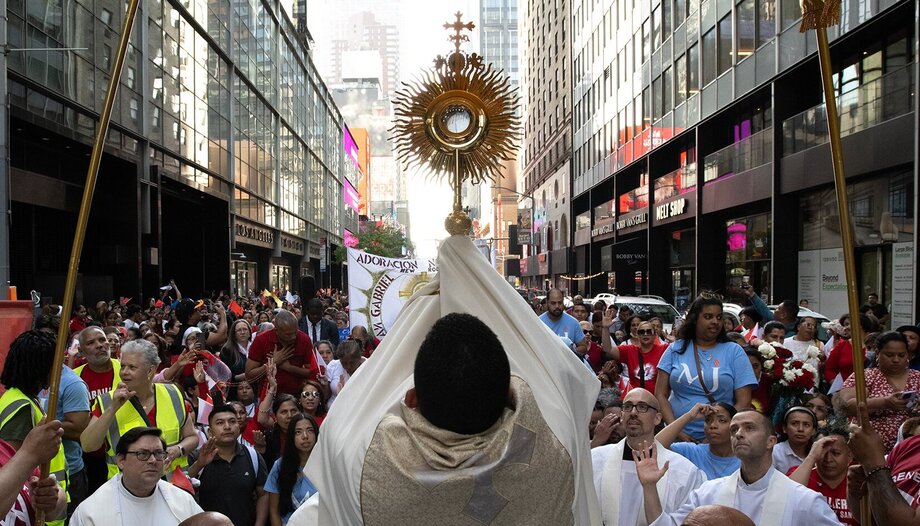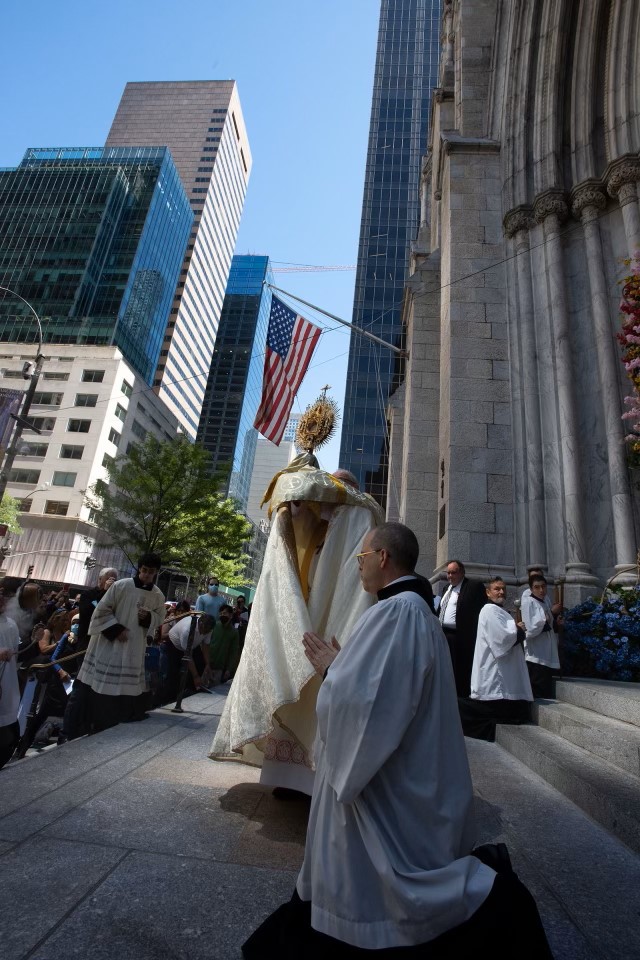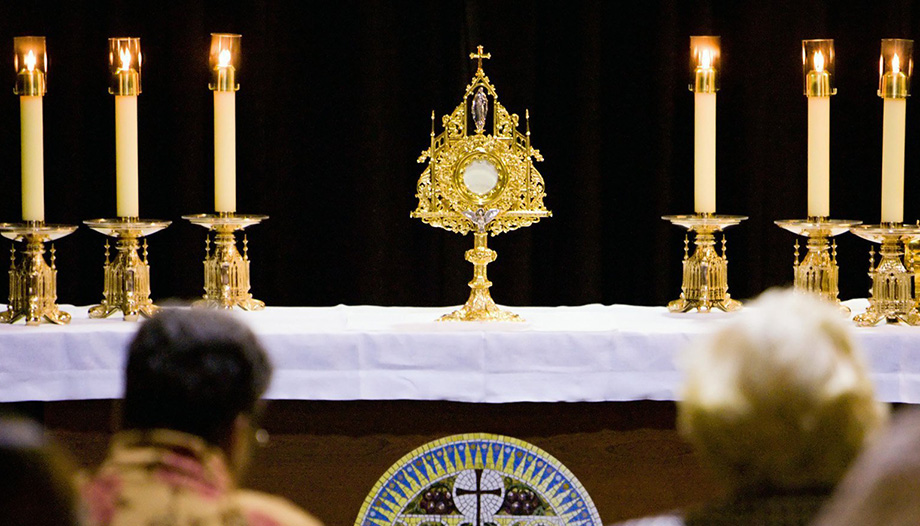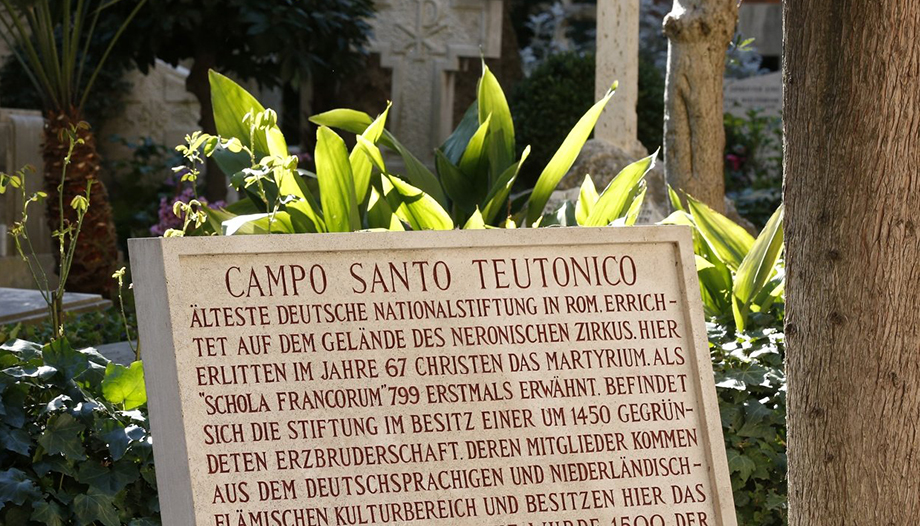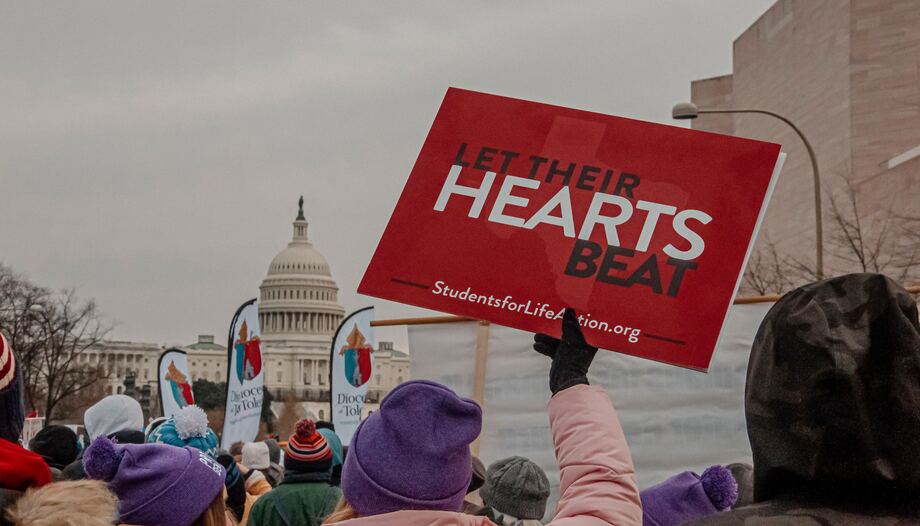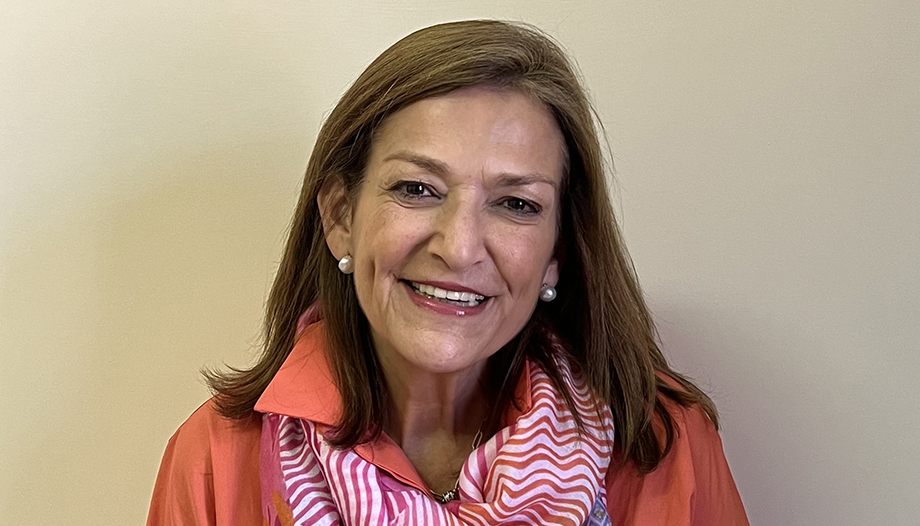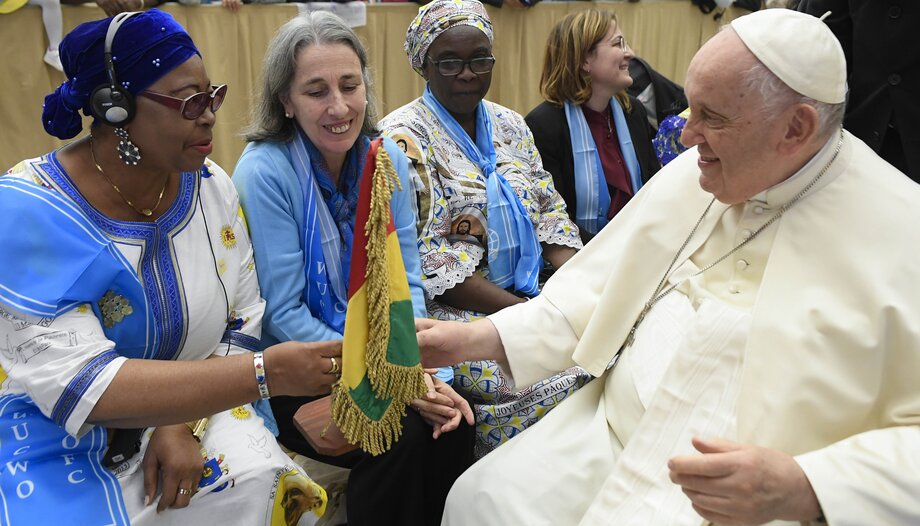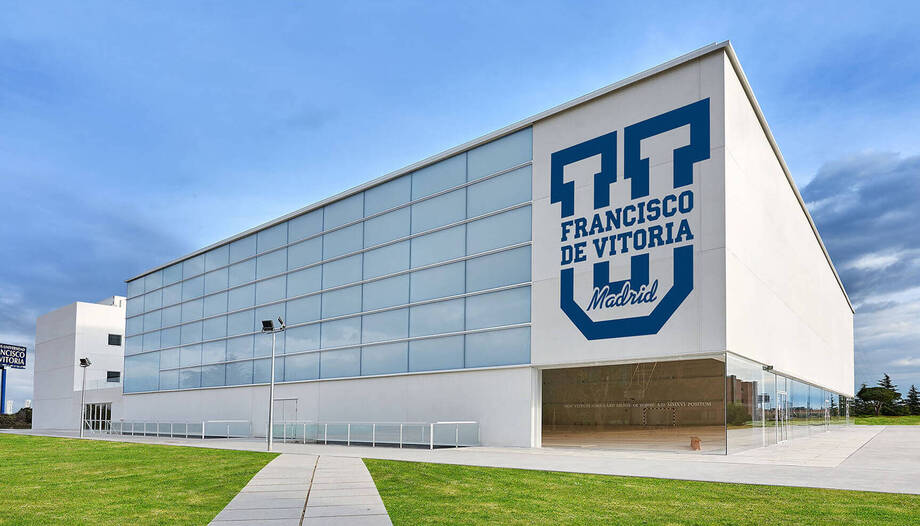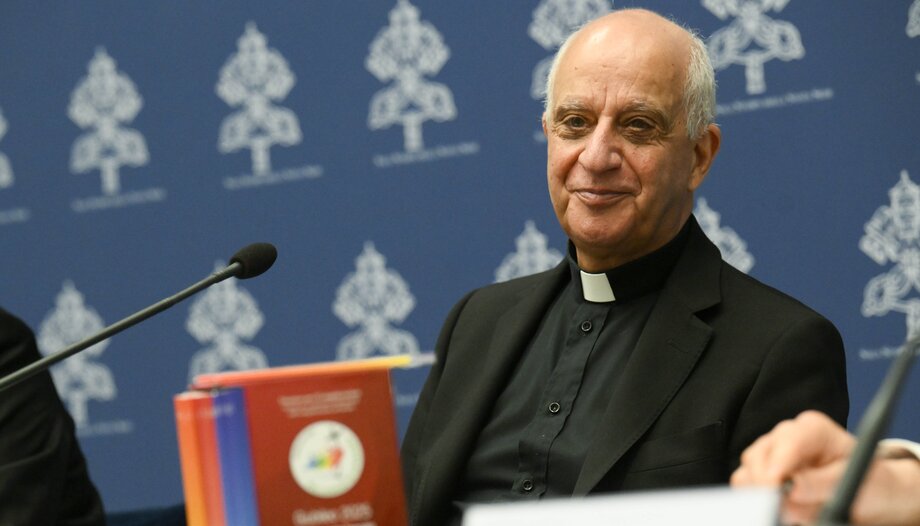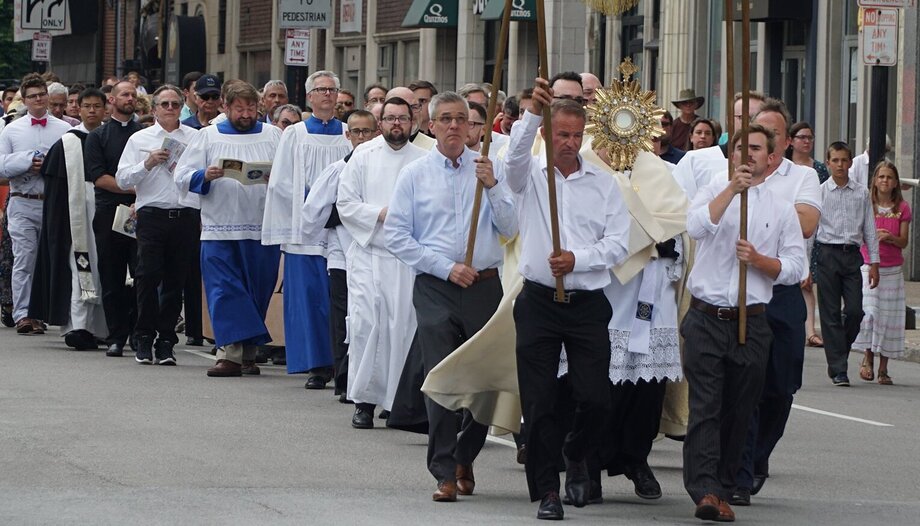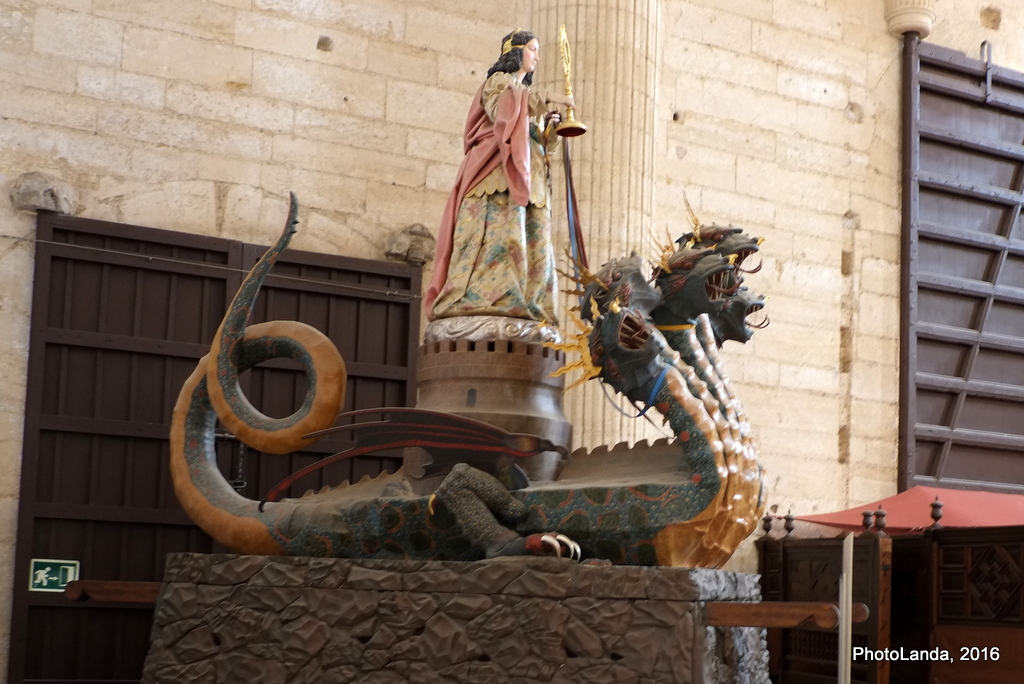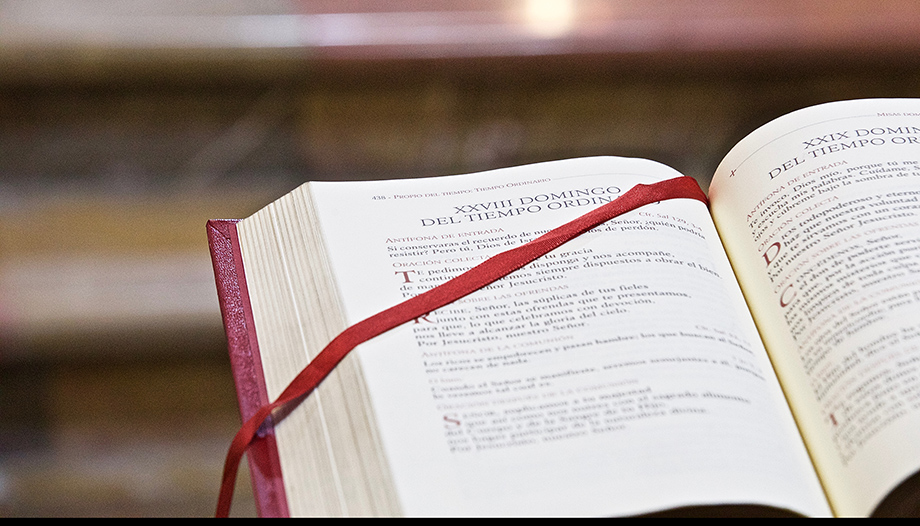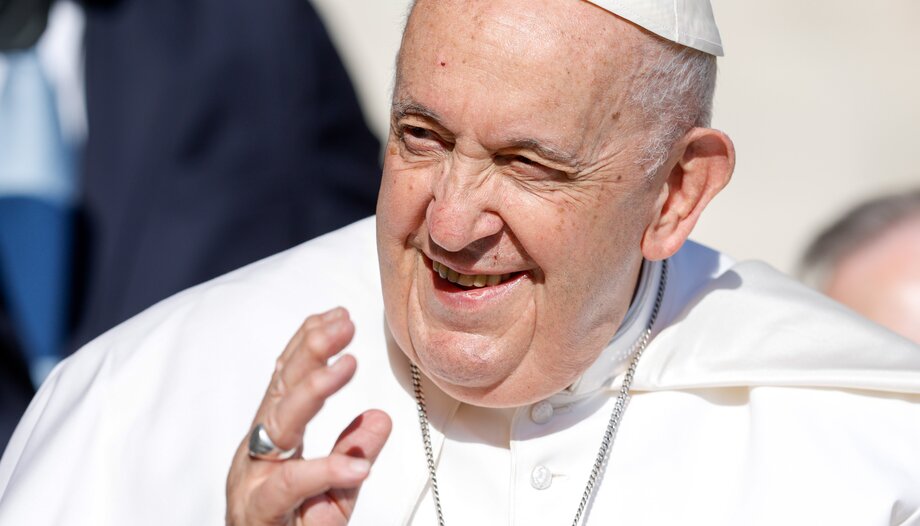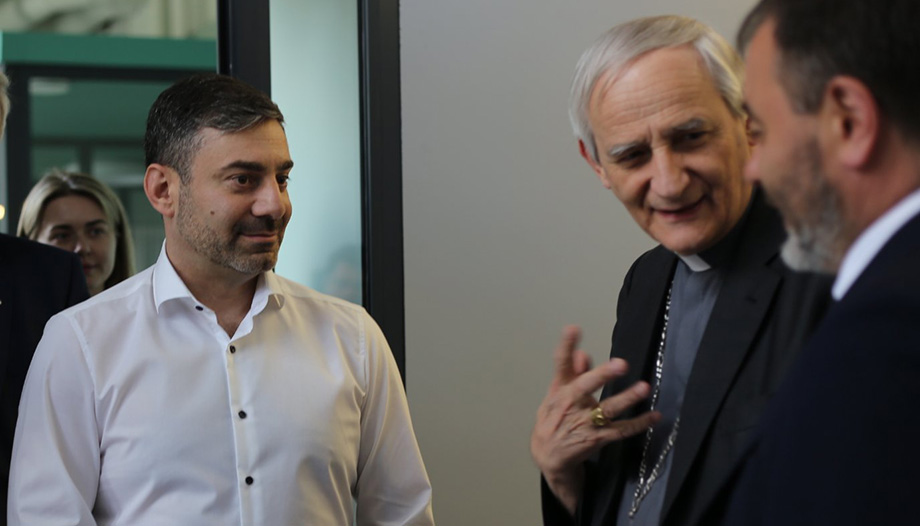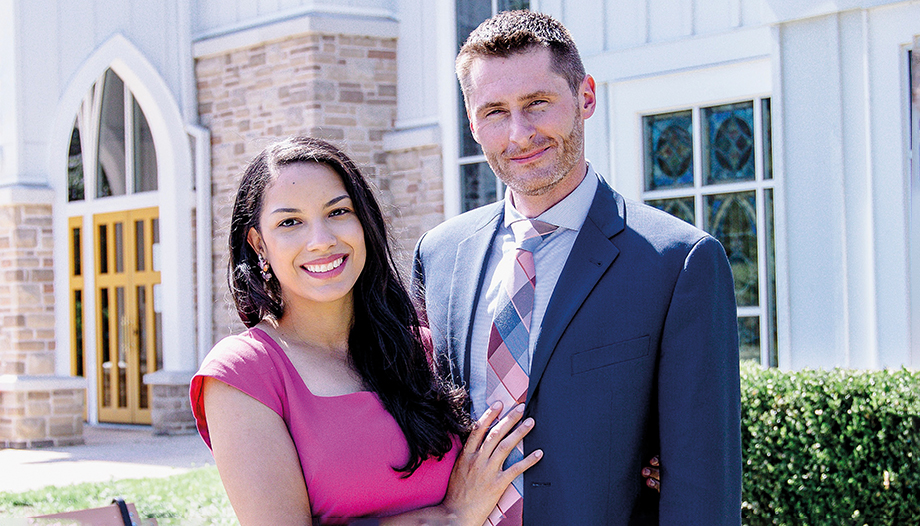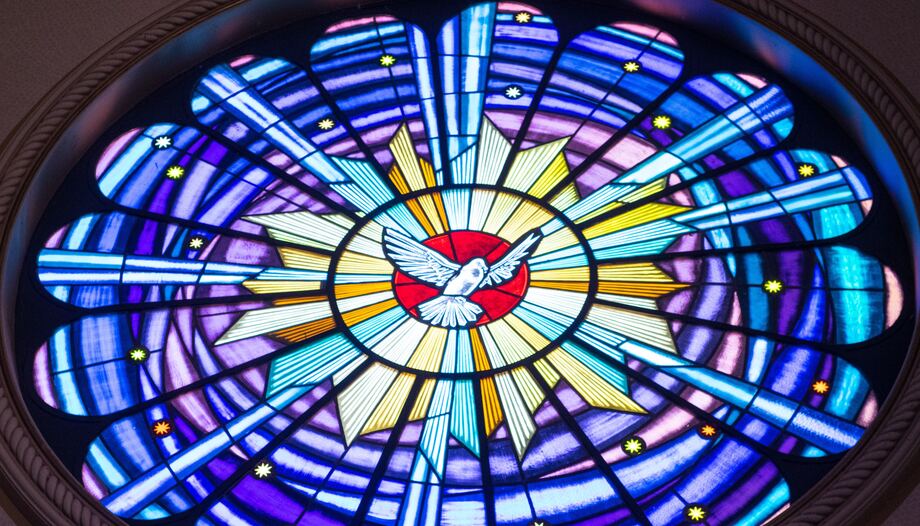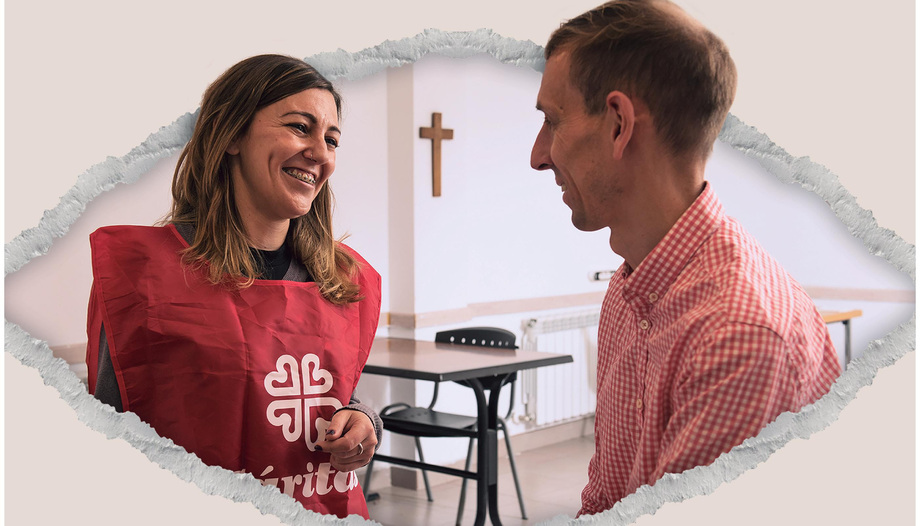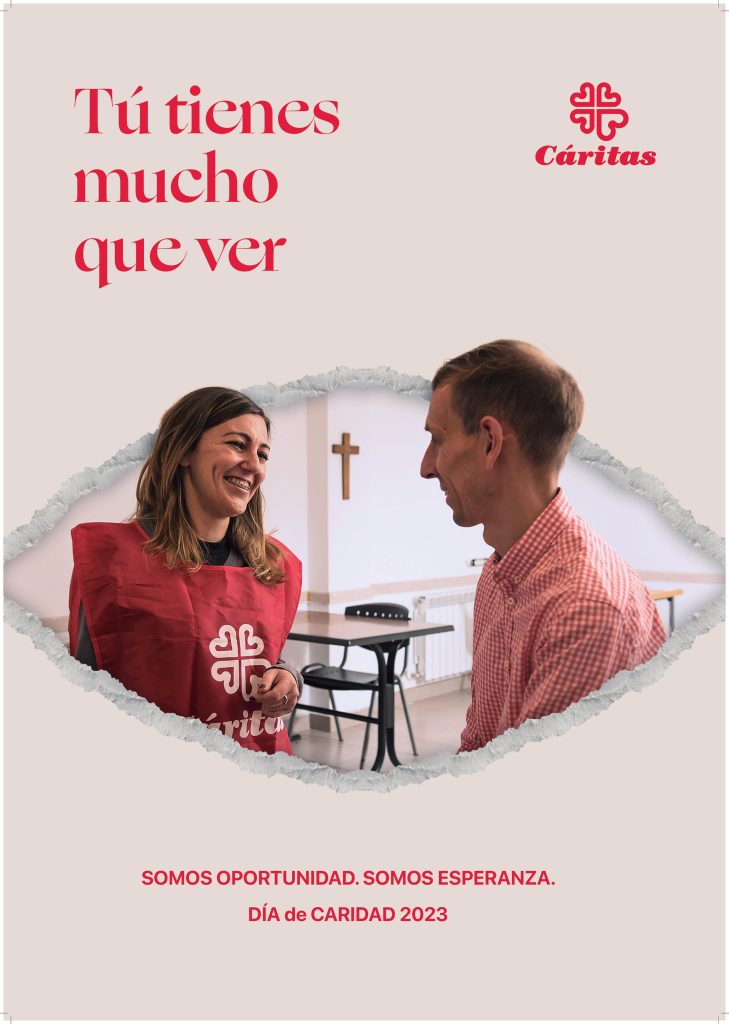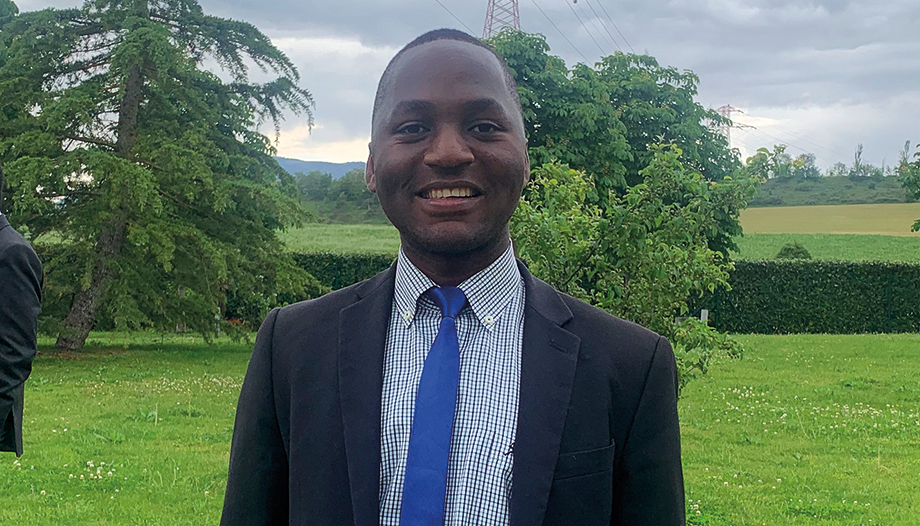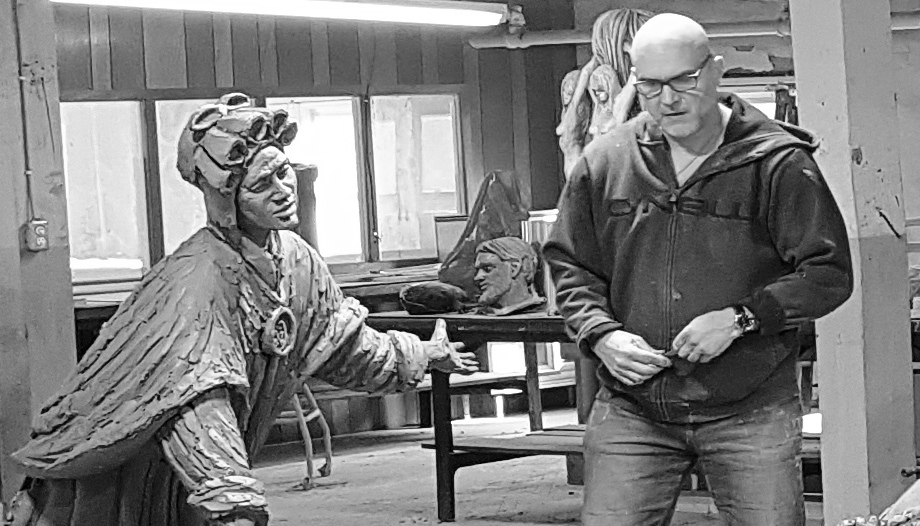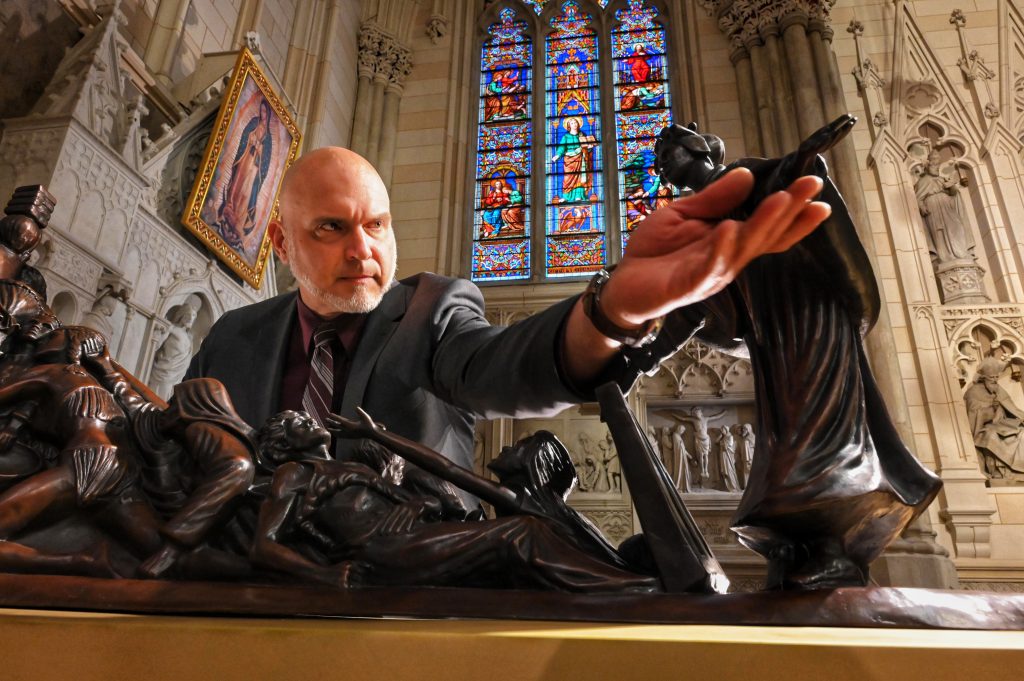Catholic theology has relied heavily on the distribution of treatises. A treatise keeps a theme alive and organic in the teaching and common reflection of the Church. To a large extent, the distribution of current theological treatises comes from the division of the Summa Theologica into sections. In the absence of a long and compact section on the Holy Spirit in the Summa, such a treatise was not created, just as a treatise on the Church was not created. This has caused a certain deficiency of organic thought on the Holy Spirit.
Many themes converge in the study of the Holy Spirit. His place in the Trinity, his mission in the history of salvation ("who spoke through the prophets": biblical inspiration), his relationship with the mission of Christ (Incarnation, Baptism, Resurrection, Kingdom), and his double sanctifying mission in the Church (Magisterium, Liturgy, charisms) and in each Christian (indwelling, grace and gifts).
To this must be added the awareness that the ecumenical movement can only progress guided by the Holy Spirit; a deepening of Eastern theology in its patristic roots; and a flowering, first in the Protestant and then in the Catholic world, of Pentecostal and charismatic movements. In a context in which the sociological Christianity of the old Christian countries seems to be running out of steam, a multitude of very lively small groups are emerging, animated by Christian charisms. It is necessary to pay attention to them.
Since the 19th century
Protestant theology has always focused on the prophetic spirit as justification for its historical position. In contrast, the Catholic tradition has emphasized more the role of the Holy Spirit in assisting the Magisterium.
There is also a Catholic devotion to the Holy Spirit that spreads and gives rise to a spiritual literature, with theological implications, especially on the indwelling of the Holy Spirit in souls and on the gifts of the Holy Spirit. Both themes are well treated in Scheeben's works, The mysteries of Christianity y Nature and grace¸ with attention to patristics.
In this perspective, we find the remarkable (and brief) encyclical of Leo XIII Divinum illud munus (1897): "When we feel that we are nearing the end of our mortal career, and are pleased to consecrate all our work, whatever it may have been, to the Holy Spirit, we wish to speak to you about the admirable presence and power of the same Spirit; that is to say, about the action that He exercises in the Church and in souls.". In the same encyclical, the Pope called for the introduction of a novena before the feast of Pentecost.
It should be noted that in 1886 the Dominican friar M. J. Friaque published a long essay on Le Saint-Esprit, sa grâce, ses figures, ses dons, ses fruits et ses beatitudes. And Msr. Gaume a Treatise on the Holy Spirit (1884), in two thick volumes, quite curious. And Cardinal Manning (quite a character in England) two remarkable works on the indwelling of souls and the assistance of the Spirit to the Church.
In the thirties of the twentieth century, there would be much to cite and especially to note some very erudite works, both in spiritual theology and patristic theology, on the sanctifying role of the Holy Spirit (Galtier, Gardeil). In those years, Protestant literature (Barth, Brunner) also paid attention to it.
Later, the theme was enriched by various inspirations. Mainly the theological consideration of the Church as mystery, together with the renewal of a Theology of the Liturgy; then, the ecumenical movement, and finally, the impact of the charismatic movements. In addition, there has been a refocusing of the classical treatise on grace. Let us take a look at it. We will begin with the last point.
The doctrine of grace
It would seem that the doctrine on grace (as well as on the Church) should have been a privileged place to talk about the Holy Spirit, but unfortunately this has not been the case. It has even produced a certain concealment or substitution of the Spirit. It has often been said that grace sanctifies us. But it is not grace that sanctifies us, but the Holy Spirit. Grace is not an active subject (a thing) but the effect in us of the action of the Spirit. There have been entire treatises on grace where the Holy Spirit is not mentioned. Or it is done only at the end, to ask if the Holy Spirit dwells with grace.
In reality, it is the other way around. The treatise should begin with the anointing of the sanctifying Spirit and show the effect it produces in us, which the Catholic tradition calls sanctifying grace (state of grace) and actual graces. It is to the credit of Gerard Philips, though not his alone, that he has studied it in his beautiful books Trinitarian Inhabitation and Grace, y Personal union with the living Christ. Essay on the origin and meaning of created grace.. Not to mention that the academic tribute to Philips is called: Ecclesia a Spiritu Sancto edoctawith many interesting articles.
But if the Summa had been better divided, it would have sufficed. Before questions 109 to 114 of the Prima Secundaewhere St. Thomas deals directly with the necessity and nature of grace, he speaks of the Holy Spirit as the "new law" placed by God in hearts. It would have been a beautiful beginning of the treatise, besides rooting it in the great biblical theme of the history of the Covenant.
Liturgy and Ecclesiology
The liturgical movement contributed a "Theology of the Liturgy". It recovered the symbolic and mystical essence of the liturgy as a divine action in which the whole cosmos is interested (Gueranguer, Guardini). And so a teaching of the liturgy centered on the history and meaning of the rubrics was overcome, and a sacramentary one occupied only with the ontology of the sacraments (matter and form). It also reinforced the awareness that the liturgy, in what it has of mystery, is the work of the Holy Spirit. Hence the renewed importance of epiclesis.
But the place where the greatest contribution was to be made was, evidently, Ecclesiology. The renewal of this treatise, in conjunction with the liturgical renewal, recovered the symbolic approach of the theology of the Fathers and the role of the Holy Spirit. This was shown, first of all, by the books of De Lubac, Catholicism y Meditation on the Church. The recovery of the image of the Church as the "Body of Christ" (Mersch, Mystici Corporis), he also promoted that of the Spirit as the "soul of the Church". And later, with the Second Vatican Council, the triple image of the People of God, Body of Christ and Temple of the Holy Spirit.
Great books
But it was, above all, Yves Congar who inspired the treatise. This is due to the richness of his sources and his concern to collect and review everything relevant that was published. His historical studies, his many articles and his active participation in the Second Vatican Council made him a very important reference. From his Ecclesiology many pneumatological themes were born, which he compiled in the three books that would form The Holy Spirit (Je crois en l'Esprit Saint) (1979-1980), in addition to other essays.
The volume gathers articles, sketches and notes. It is somewhat unfinished, as is frequent in the work of this author, always with so many works in progress, but it has become an essential source. The book has a certain bias. Throughout his life, Congar, moved very early on by an ecumenical spirit, felt inclined to balance a treatment of the Church and the Holy Spirit that was too centered on the role of the Magisterium. In this he is somewhat recurrent.
Heribert Mühlen's essay, and later the entire work, on the subject of A mystical person (1967), referring to the Church. This is the title in German, and is inspired by an expression of St. Thomas Aquinas. In Spanish (and in French) it was published as The Holy Spirit in the Church. Mühlen, with a certain personalist inspiration, focuses on the unifying action of the Spirit in the Church, a reflection of its role in the Trinity as a communion of Persons. He is also interested in giving an account of the charismatic movement, in which he was involved.
Louis Bouyer would contribute with The Comforter (1980), part of a trilogy dedicated to the divine Persons. The essay begins with an approach to the whole of religions, a theme very present in Bouyer's theology, especially in his liturgical essays. von Balthasar also dedicates the third volume of his Theologica. And I would like to mention Jean Galot, Holy Spirit, person of communionamong many others.
The Magisterium
It is worth mentioning the encyclical of John Paul II Dominum et vivificantem (1986), which deals extensively with all the relevant themes of pneumatology. It was reinforced by the catechesis that the Pope himself dedicated to the Holy Spirit in the explanation of the Creed (1989-1991), and by the preparation for the Jubilee of the year 2000, with a year dedicated to the Holy Spirit (1998).
The Catechism of the Catholic Church deserves special mention. Besides dealing with the Holy Spirit in the third part of the Creed (693-746), it devotes ample attention to him in the introduction to the celebration of the Christian mystery (1091-1112); and in part IV on Christian prayer. A review of the indexes also helps to see the multiple sanctifying action of the Spirit.
Spirituality
Interest in the action of the Holy Spirit has always been present in the spiritual tradition. It can be seen in some notable works, such as the famous Decennial to the Holy Spirit (1932) by Francisca Javiera del Valle. In addition, some religious movements oriented by the devotion to the Holy Spirit have arisen, such as the espiritanos who inspired the Fraternités du Saint Esprit. Alexis Riaud, author of several spiritual works on the Holy Spirit, was the director of these fraternities. The Spiritans also promoted some well-known "Chambery meetings".
Later, the Catholic Church was influenced by the American Protestant Pentecostal movements and, in a second wave, by the Charismatic movements. They have given rise to much literature. The works of Rainiero Cantalamessa stand out, such as The Holy Spirit in the life of Jesus: the mystery of the Baptism of Christ (1994), y Come, creative spirit: meditations on 'Veni Creator' (2003).
Exegetical Scruples
As in all fields of theology, also in this one a better study of Scripture brought many things. First, on the use of the word "Spirit".
But it is very different if the approach is purely philological or theological. One can still read in some dictionaries, and even in manuals of Pneumatology, that the Old Testament has hardly any doctrine on the Holy Spirit. However, if Holy Scripture is read with a theological criterion, that is, on the basis of the history of salvation or history of the Covenant, the anointing with the Holy Spirit connects with the central argument of the Bible: the Kingdom of God is expected through the Messiah, anointed with the Holy Spirit, and with a New Covenant and a new people, anointed with the Spirit of God. That is, it is not only "a" theme of the Old Testament, but it is "the" theme of the Old Testament, and what makes it "Testament" or Covenant.
An exegetical scruple has also made the subject of the seven "Gifts of the Holy Spirit" disappear from many theological, moral and spiritual dictionaries. It is known that there is an error in counting seven. The text of Is 11:3 (the messianic anointing), from which it comes, only mentions six (wisdom, intelligence, counsel, knowledge, fortitude, piety or veneration) and that the last one (veneration), which appears repeated, when translated into the Greek of the LXX, was split into piety and fear of God.
But it is a legitimate and venerable spiritual exegesis, which is already in Origen, in the second century. It crosses all theology (St. Thomas, St. Bonaventure, John of St. Thomas, among others) and reaches Pope Francis. And it has a very solid theological foundation. Every Christian is called to participate in the fullness of Christ's messianic anointing, as expressed, for example, in baptism. Therefore, he receives charismatic gifts of the Spirit.
The number 7 expresses the fullness of the Spirit that Christ has and is an echo of the seven candlesticks and seven angels of Revelation. Moreover, the content that the spiritual tradition sees in each gift has not been obtained from the study of the term in the Bible, but from the rich experience of the lives of the saints. That is its value and its justification.





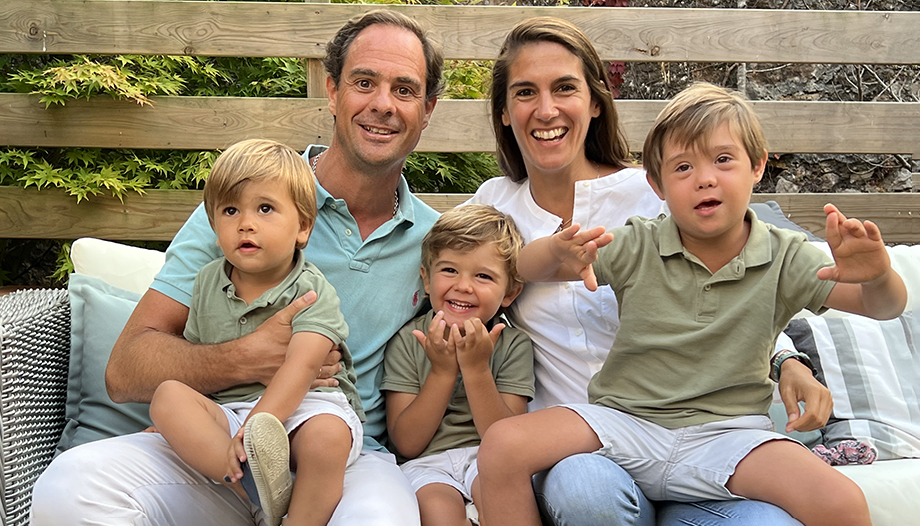





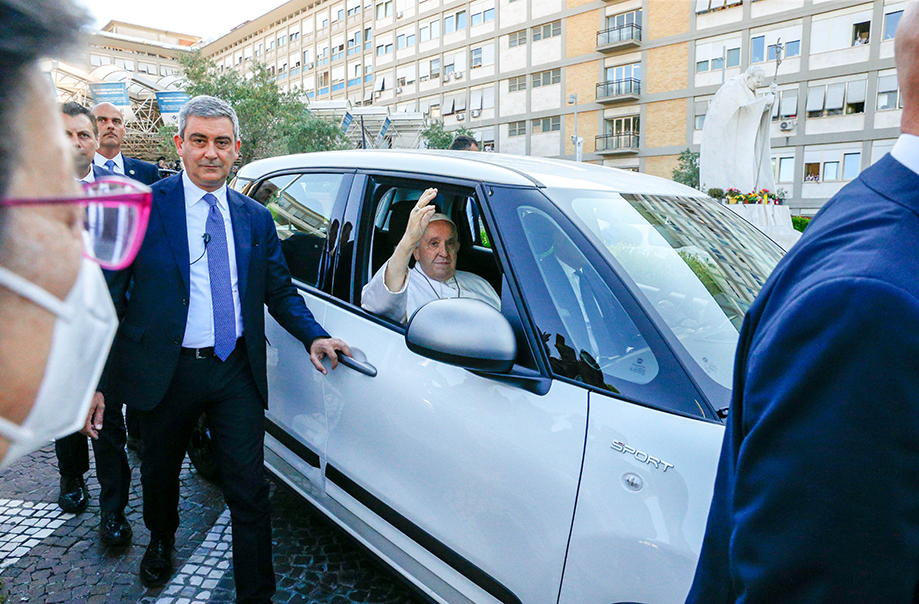
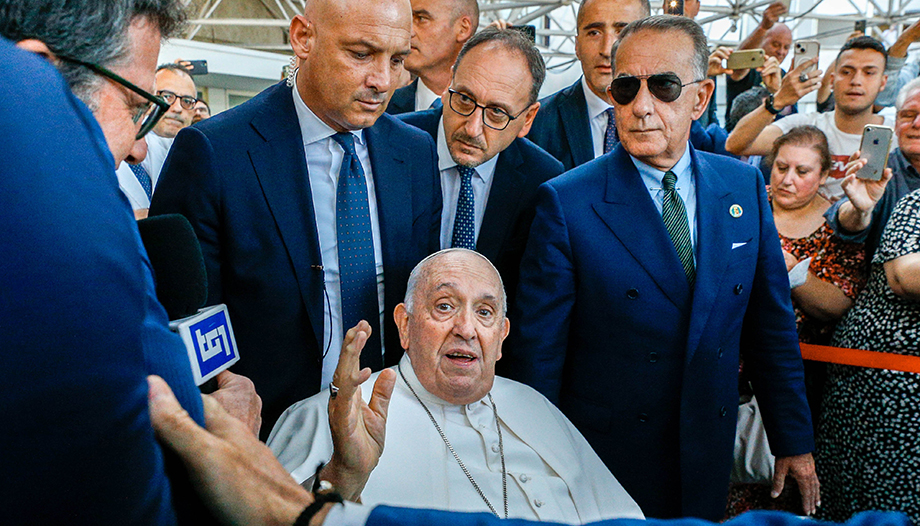
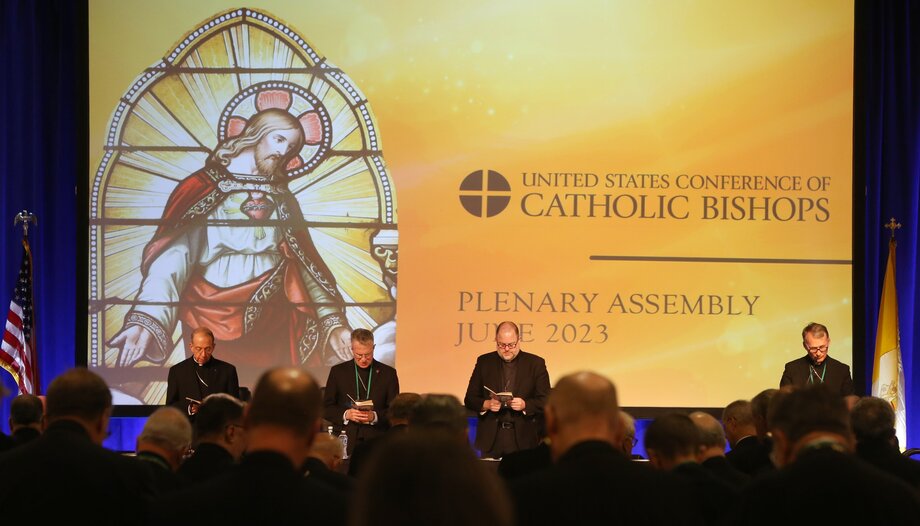
 What will the bishops talk about at the Plenary Assembly?
What will the bishops talk about at the Plenary Assembly?